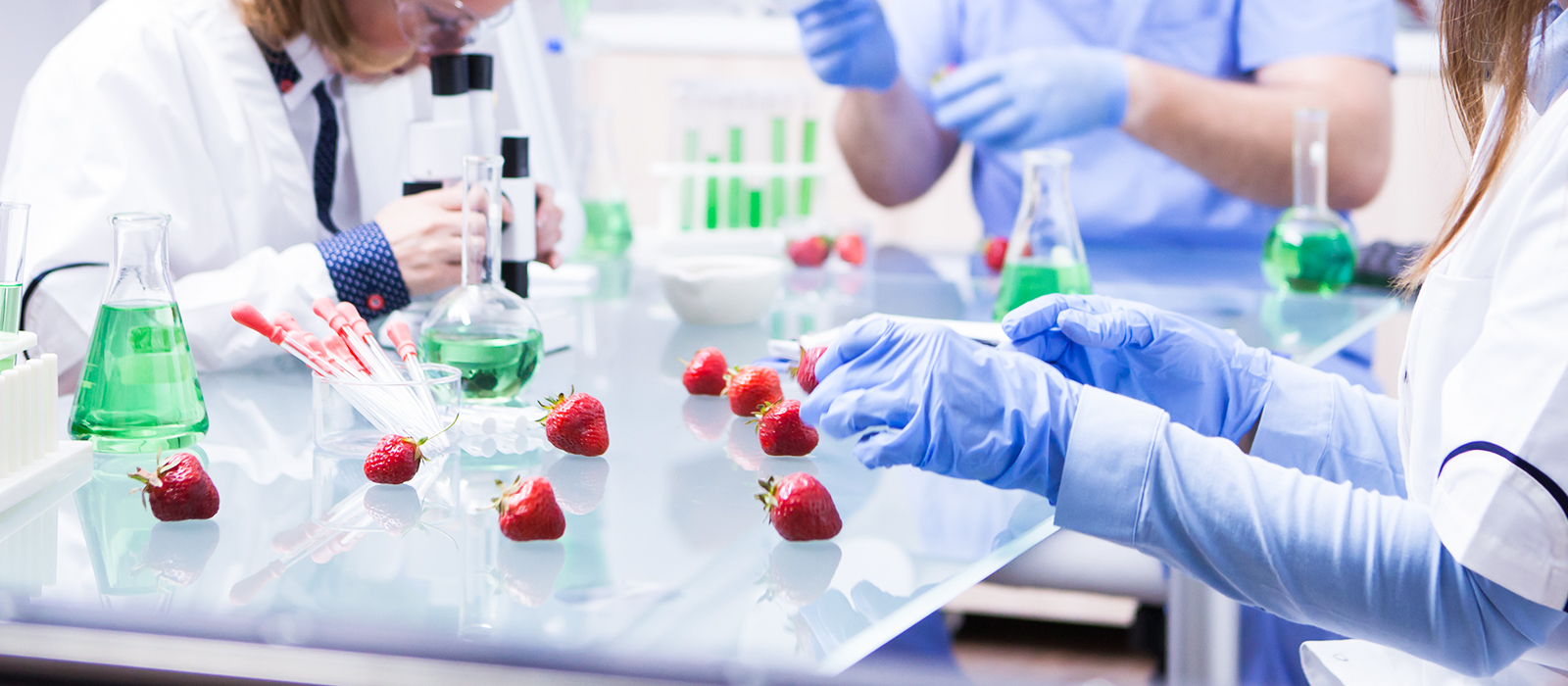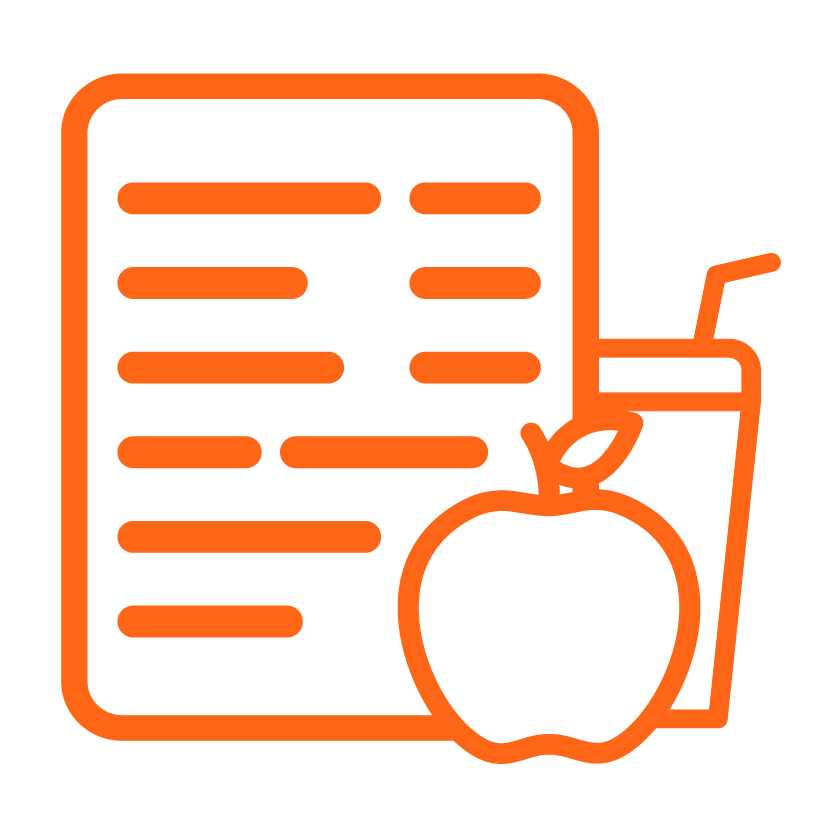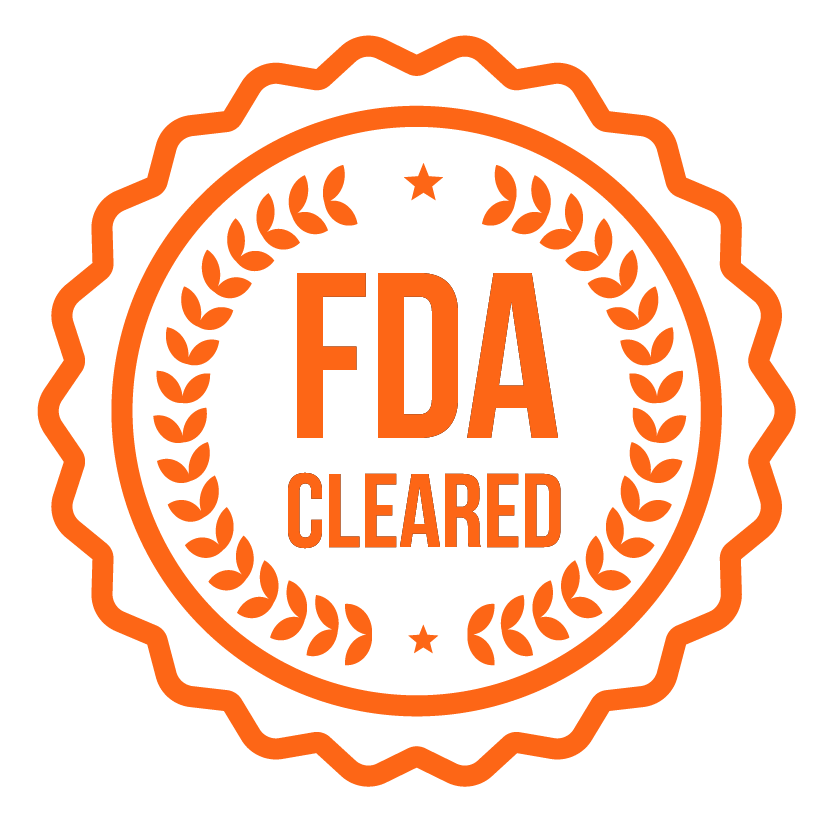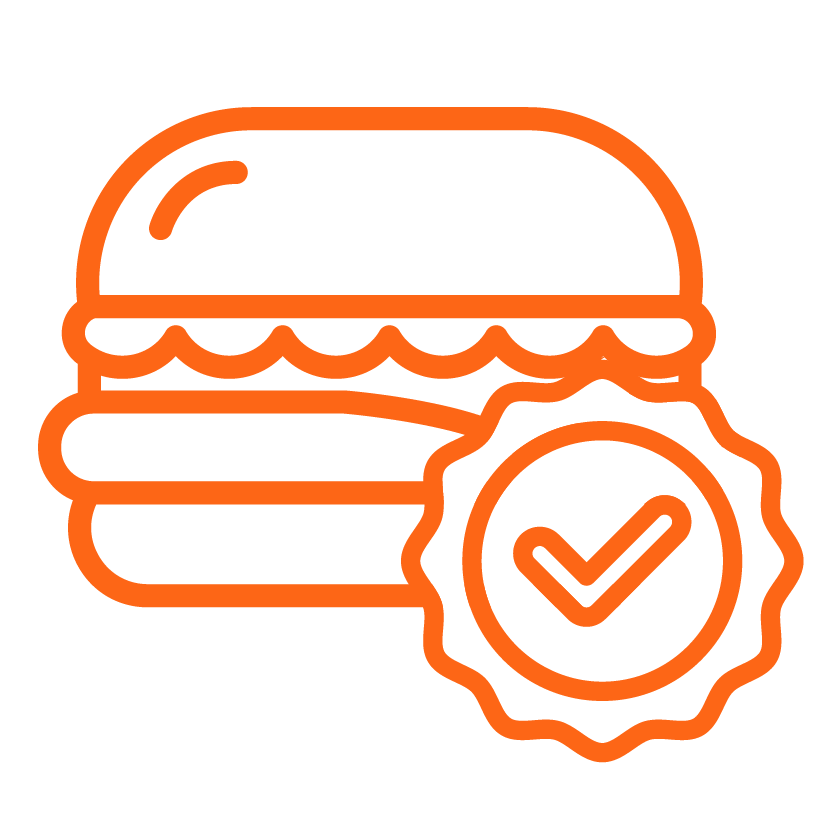#1 Protect Consumers
Examining supplies and ingredients is vital because of cases of food contamination. Vegetables and crops may contain toxins from the use of pesticides and herbicides. Worse, food products sold on the market may contain heavy metals such as lead, arsenic, and cadmium originating from packaging, soil, or water.
Ensuring the food available to consumers is safe is every food manufacturer’s top priority. They subject all food products to rigorous testing to mitigate the risk of foodborne diseases and allergic reactions. Atomic absorption spectroscopy and gas chromatography are excellent analytical techniques to detect pathogens, contaminants, and harmful substances in food samples.







